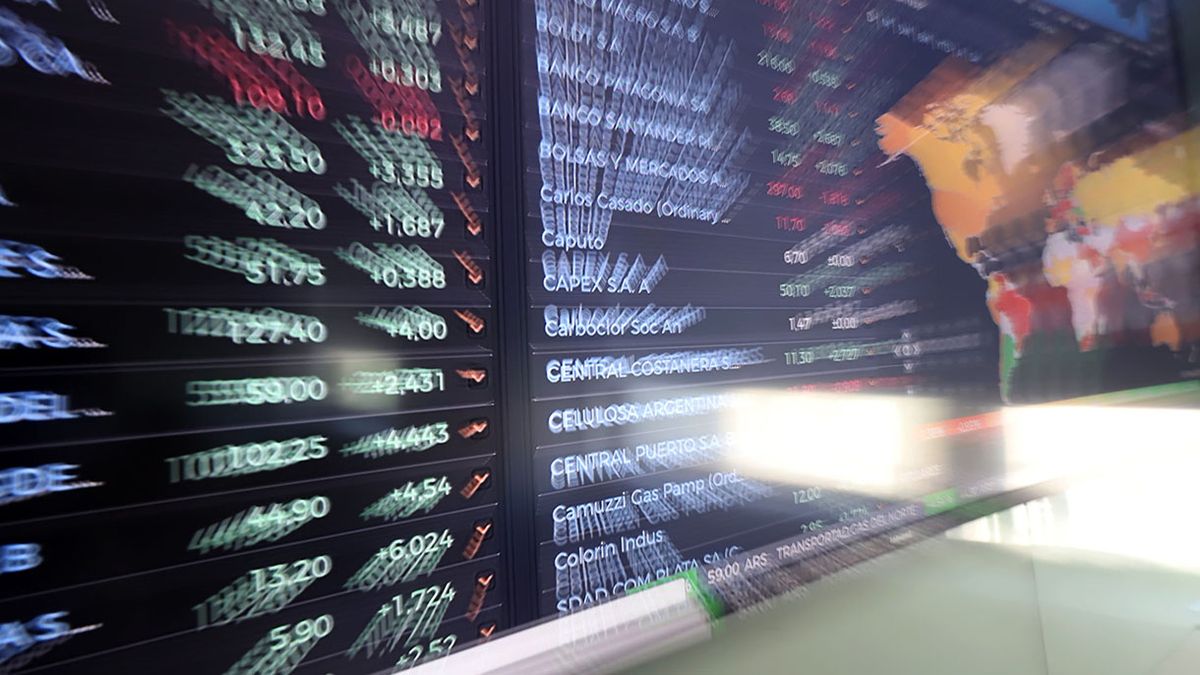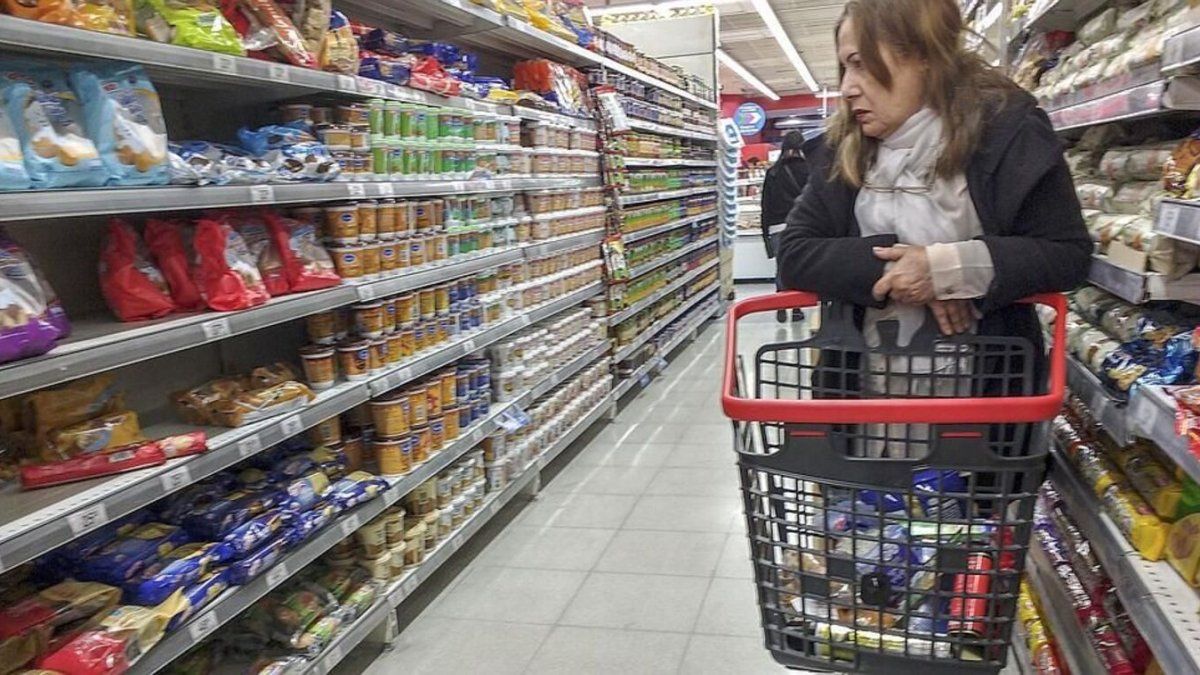The New York square is still aware of the invasion initiated by the Russian government in neighboring Ukraine almost two weeks ago and the ramifications of the harsh economic punishment imposed in retaliation by the US, Europe and other allies. Investors are awaiting a possible extension of sanctions on the Russian energy sector, which sent the US benchmark oil price soaring to $130 on Sunday, although it had moderated this morning.
Last week closed in red due to the geopolitical conflict in Eastern Europe, which has revived fears of uncontrolled inflation and overshadowed the good data on the US labor market, which is at its lowest unemployment rate since the pandemic began. By sectors, the decreases in technology companies, communications (-1.49%) and essential goods (-1.1%) stood out, while energy companies (1.2%) were especially on the rise.
Finally, Asian stocks fell as much as 4%. In Hong Kong, the Hang Seng index lost 4.35%, while in Tokyo the Nikkei 225 index closed down 2.94% and the Topix index of all stocks closed down 2.76%.
raw materials on the rise
The invasion of Ukraine by Russia and the multiplication of economic sanctions against Moscow led the prices of gas and metals such as aluminum, copper and palladium to reach new historical highs on Monday.
After soaring 18% at the beginning of the day, Brent managed to moderate the initial rise to start trading at US$125, while US crude oil (WTI) improves to US$123. This jump, which follows a 21% rise in Brent last week, will be costly for consumers and leave them with less money to spend on other things, posing a threat to global economic growth.
The United States and the European Union are “very actively discussing” the possibility of banning Russian oil imports in response to the invasion of Ukraine, US diplomat Antony Blinken said on Sunday. However, the president of the European Commission, Ursula von der Leyen, was more cautious and avoided mentioning the import ban on Sunday, given that Russia supplies 40% of the gas consumed in the EU.
The fear of seeing even more limited the supply of hydrocarbons and raw materials in an already overheated market has caused a “panic phenomenon (which) has caused prices to skyrocket,” Markets.com analyst Neil Wilson summed up on Monday.
The benchmark European gas price, the Dutch TTF, soared to a new record of €345 per megawatt hour (MWh). By 09:05 GMT, he was up 45% at 280 euros. In line with energy prices, those of metals produced in Russia rose, with aluminum breaking the $4,000 a ton barrier for the first time, while copper and palladium hit new all-time highs: u $10,845 per ton and US$3,442.47 per ounce, respectively. The tonne of aluminum for delivery in three months also hit a high of $4,073.50 on the London Metal Exchange (LME).
For its part, nickel, without reaching its latest highs dating back to 2007, rose more than 25% to US $ 37,800 per ton. The situation in Ukraine also caused gold, a haven asset, to soar above $2,000 an ounce on Monday morning, hitting its highest level since September 2020.
At a strategic level, Bank of America stressed that the war threatens a price crisis and a “global recession” caused by “Crash in Financial Markets, Rising Oil Prices, and a Cycle of Escalating Military Sanctions”.
In his opinion, as long as there are no signs of an end to the war, “investors should be as defensive as possible” because “the war is inflationary.” Good proof of this is that the prices of raw materials have registered their most bullish start to the year since 1915.
In addition, they indicate that “war is also stagflationary” and they give as an example the Yom Kippur war and the oil crisis of 73, which caused a 40% collapse in the S&P 500 from its maximum.
Source: Ambito
David William is a talented author who has made a name for himself in the world of writing. He is a professional author who writes on a wide range of topics, from general interest to opinion news. David is currently working as a writer at 24 hours worlds where he brings his unique perspective and in-depth research to his articles, making them both informative and engaging.




